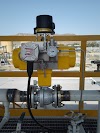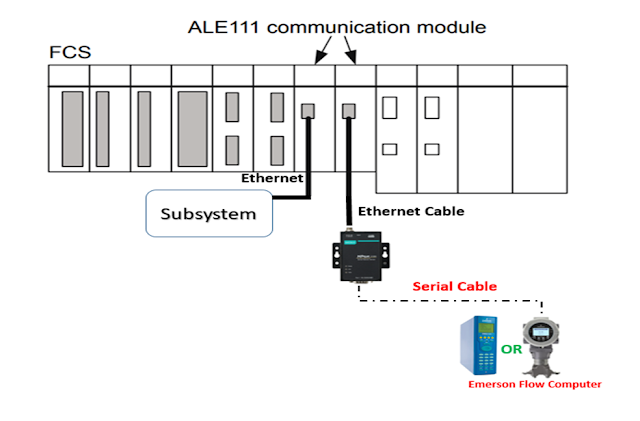Preventive Maintenance of Shutdown Valve
In the complex and hazardous operations of the
oil and gas industry, safety and efficiency are paramount. Among the critical
components to ensure the integrity of operations are shutdown valves. They are
the final control elements thereby halting the flow of fluids within pipelines
in response to emergencies or any planned maintenance activities. These valves,
designed to rapidly close upon detection of abnormal conditions, play a pivotal
role in preventing any potential disasters and minimizing downtime.
Various
types of shutdown valves are employed in this industry, each designed and
installed to specific operational requirements and environmental factors. These
types are pneumatic, hydraulic, and electrically actuated valves. In addition
to these, they are also manually operated. The selection of shutdown valves is
a strategic decision, balancing factors like reliability, response time, and
ease of maintenance. As the backbone of safety systems in oil and gas
facilities, shutdown valves stand as silent guardians, ready to spring into
action to safeguard both personnel and assets.
Here we have provided some basic steps to carry out preventive maintenance of a shutdown valve having a pneumatic type of actuator.
Preventive Maintenance Steps
1. Open the wiring compartment cover of the Solenoid Operated Valve (SOV).
2. Inspect wiring terminations for any looseness. If required, tighten the wiring connections and close the cover.
3. Inspect cable glands for any damage or ingress of moisture inside the gland.
4. Grease the valve body and stem from the grease fitting using a grease gun.
5. Check any leakage from the air regulator, needle valve, or quick exhaust valve connection.
6. Inspect the pneumatic supply tubing connections for any looseness.
7. Perform a function test of the shutdown valve by executing OPEN and CLOSE commands.
8. Verify the correct position of the valve closing member from the indicator at the top of the actuator, against the respective OPEN and CLOSE command.
9. If the normal working of the valve is not observed, perform detailed maintenance as per steps 10–18, ELSE, and proceed to step 19.
10. Remove the actuator from the valve.
11. Remove the cap screws and nuts.
12. Release the spring tension gradually before opening the same.
13. Remove the diaphragm and note the position of the parts inside.
14. Inspect the diaphragm and O-ring(s) for any damage.
15. Replace the diaphragm and the O-ring(s), if damaged.
16. Reinstall the diaphragm and O-ring(s) after inspection/replacement in the actuator.
17. Reinstall the actuator in its position after inspection/maintenance.
18. Perform a function test of the shutdown valve by executing OPEN and CLOSE commands respectively.
19. Verify the proper function of the shutdown valve from the control room/HMI.









0 Comments